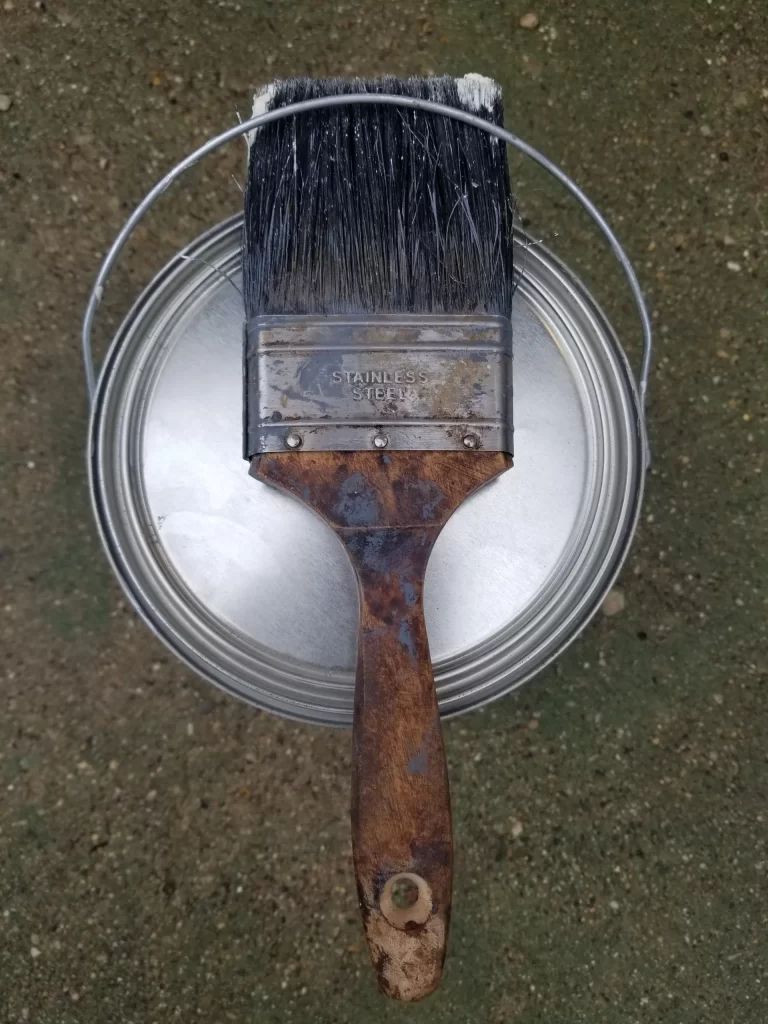Being a homeowner includes preparing your house for brutal temperatures and harsh weather, especially in the Winter.
While doing this may not be on your holiday checklist, it is important to do so to keep your home safe and bills low. The choice is whether to save now or spend money on repairs later. Do the latter, and your wallet will thank you. The following in this article is all you have to do to get your home prepared for the cold months and weather ahead.
Top winter home maintenance practices
Weatherproof the doors and windows
It’s important to stay one step ahead of the cold winter and ensure your home is quite ready for the cold. Carefully inspect your doors and windows for spaces or gaps and some other areas that can cause drafts. Use caulks, sealants and weather strips to seal off the cold air or even consider replacing windows or doors that are no longer keeping the draft out.
Check your drainage and gutters
In the Winter months, there will be an increase in rain and snowfall, so make sure your gutters are ready. A blocked gutter is more likely to overflow or break, therefore putting more pressure on your property. It may also be filled with ice, which brings about thawing damage and puts strain on the gutters.
Although cleaning your gutters may not be fun, it saves you money in the long run. A well-maintained gutter can remove the need for replacements and also reduce or eliminate the risk of damage to your property.
Check the window wells
Window wells are a great way to allow the natural light of day into your basement as well as providing ventilation. They also help keep soil off the window fixtures. But if they are not properly maintained, they may cause a great risk to your basement.
One of the main causes of window well flooding is liner failure. If the liner is separated or detached from the foundation wall, there will be increased pressure between the wall and the liner, which allows water to enter when the soil is oversaturated.
Before the winter period begins, check your window wells. This is the season when the problem can be worse. Examine the liner and replace those that are loose.
Avoid ice dams
If your home had a lot of ice last winter, or even worse –an ice dam, the melted water can buildup and flow into your home. Ensure you take active measures to avoid similar damage this year. You may need a home energy auditor or a weatherization supervisor to identify and correct air leaks and insufficient insulation in the attic of your home. Not doing so can lead to an ice dams.
Ensure you take active measures to make sure your home is safe and cozy during the winter season. You will not only be saving a lot of money if you are proactive about your home, but you will also be saving yourself the stress and troubles that come with broken systems.


